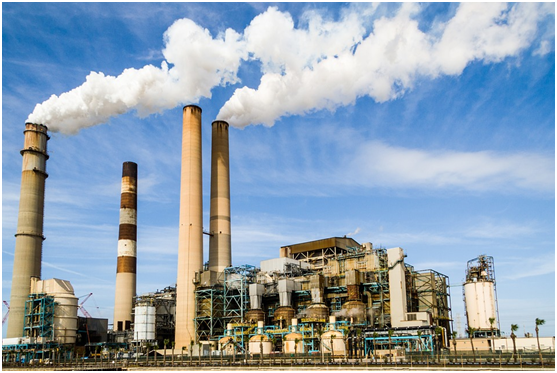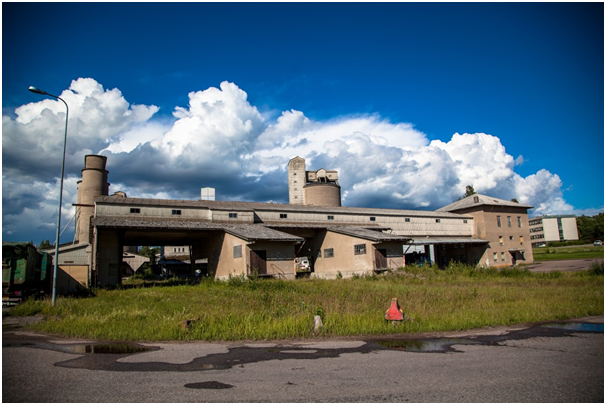Pneumoconiosis is any lung disease caused by breathing in dust that causes changes to the tissues of the lung. The most well-known industrial dust diseases are asbestosis and coal worker’s pneumoconiosis (CWP), which have a long onset time: 10 years for coal dust and up to 60 years for asbestos.

Dust in the work environment
Fibrous dusts such as asbestos create health problems largely due to the shape of the particles. They are said to be responsible for around 5,000 deaths in the UK each year.
Other examples are synthetic fibres such as rockwool, mineral dusts such as coal and quartz, metallic dusts, and chemical dusts such as pesticide, which contributes to farmer’s lung.
There are also naturally-occurring organic and vegetable dusts, such as wood, flour and pollen, and biohazards such as spores and mould.
Prolonged exposure to silica causes silicosis and an increased risk of developing COPD. Chronic beryllium disease is rare but can affect those working in a range of high-tech industries, including aerospace, telecommunications and nuclear; meanwhile, metal workers may suffer with pulmonary siderosis after inhaling metal dust, although this is rarely fatal.

Management of industrial dust disease
None of these industrial dust diseases are curable and smoking cessation is strongly recommended in all cases. These kinds of diseases have strong legal repercussions, with pneumoconiosis a prescribed industrial disease for which compensation is available. Prevention is therefore the best course of action.
Preventative measures for dealing with industrial dust diseases
Surveillance and monitoring are crucial in environments in which dust may be problematic. The HSE has established a working group on the assessment of toxic chemicals (WATCH) to set occupational exposure standards (OES) or maximum exposure limits (MEL) where appropriate.
There are measures you can take in the workplace to minimise risk. Ensure the efficient operation of HVAC equipment, such as the ductwork blast gate damper. Replacement parts can be bought from stockists such as https://www.dustspares.co.uk/Blast-Gate-Damper.html if necessary. This will ensure adequate ventilation and dust suppression in the workplace.
Appropriate facemasks are also recommended. Workers’ health should also be protected with adequate PPE equipment, including goggles and gloves where necessary.
Any prevention and control systems must be designed not only to minimise the impact on the workforce but also on the environment to minimise the production of dust and dispose of it safely.

